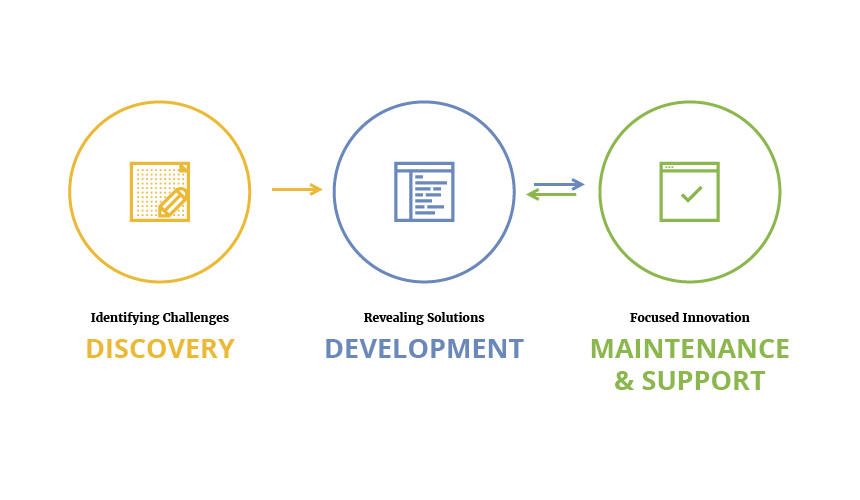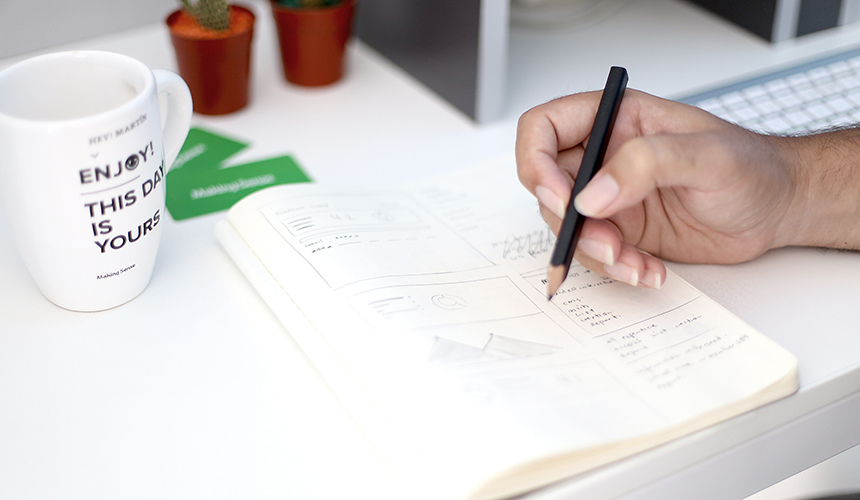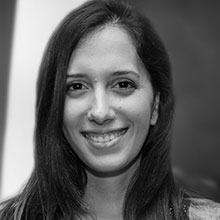The 32 year-old designer from Mar del Plata is passionate about UX/UI Design. Among his hobbies, playing the guitar in his own band, stands out. His love for design and music have brought him far in both creative capacities, and we’ve been proud of his work here the past 7 years.
Martin built his career around a singular, intensely focused passion for photography, art and just about every design manifestation he could sink his teeth into. His roots at University were in design, where he explored graphic design and visual communication. From there, he discovered UX and the fire was lit…ever since he has shaped his career in the UX design field.
Before arriving here at Making Sense, Martin worked for several design studios. There, he honed his skills in product design and perfected the art of working with multidisciplinary teams.
N: Martin, why did you decide to work at MS?
M: In 2008 Making Sense was a medium size company, with young people, a relaxed workplace and with lots of opportunities to grow as a professional. At the time I didn’t have much experience in the UX field and it looked like a real opportunity for me.
I remember that I attended the job interview with my guitar on my back because I had to rehearse one hour after it. So I asked myself: why not? I should show myself as I am. Damián, one of the founders, was surprised in a good way and I guess it was a good decision because he hired me after that interview.
I felt attracted to the business vision since the company launched Doppler, one of the products incubated inside the company, and also because they started developing software products for different countries.
At the beginning I started working on small projects and marketing actions, and then I took the UX Designer role for Doppler and Lander, both SaaS products incubated internally. After a few years, I started designing for clients around the world, in the development of websites, web apps and mobile apps.
N: What role does User Experience play at Making Sense?
M: From my perspective the role of the UX Team is crucial. At Making Sense not only UX designers, but also the whole team has a user-centred vision. From our CEO to QA, we always have in mind that we’re developing a product for the end user.
Any time we can, we make data driven decisions by
- running user testing sessions
- through the analysis of support tickets
- current meetings with stakeholders
What we do in the UX Design team, and what we think is a real differentiator, is to motivate and coach our teams, guiding the product from the beginning to the final phase of the development process. Since we have many years of training and evolution, we have the ability to expertly mix design and development through our own framework.

N: How do you approach a new project? What things do you take into consideration?
M: The first and crucial step is the discovery process, which lasts about 2 or 3 weeks for an average project. Before we start developing a product, there are some points that need to be reviewed and some questions that need to be answered. We take into consideration, among other things, the goal of the project from the business perspective and the problems that this new assignment will resolve.
We analyse whether there is an existing solution in the market and how well it performs. Of course our main focus is who the final users will be, which are the devices that the users will use, what can the available technology do for them, and what will the end solution do. We do also map out the user journeys and key flows and examine if the business agrees with that solution.

As a UX designer, every time I face a project I have this goal: to make the client aware of what users think and explain to him how the proposed solution will solve the business and users’ needs. In order to add value to the project we are working on, it’s important to show the client our point of view regarding certain decision that we’ve made, always respecting the business’s goals.
N: What do you think is the biggest challenge software development teams face today during the development process?
M: Given the growth of startups and the market competition, it is becoming increasingly difficult to stand out.
I think the most challenging parts are the way teams face the development of their products, speed in the delivery of the product, the capacity to react according to the market’s needs, change according to the business rules and the iteration speed.
I think that the key to success is to forge a team in which each member has a clear role and the best technology and knowledge it its field. This ensures great quality code and products with excellent UX.
N: What things you do differently today than you did years ago?
M: One of the most relevant points that I’ve learned during my career is the importance of communication. Boosting communication with the team and with every stakeholder involved in the project will make a huge difference in the product that we design.
From my experience, communication must be carried on in two vectors:
- Communication with the client:
When you need to know about a business aspect or when you require feedback from a critical phase of the design project, ask the client for feedback and have a clear communication of the scope.
Something that fully caught my attention while learning was a phrase that goes: “Show, do not tell”. This should be applied while creating sketches, user flows, navigation maps and wireframes. I totally recommend people who are just starting out in Product Design, to take advantage of the interactive prototyping tools that actually exist in the market and which help to quickly show an idea to a client. I use InVision, UX Pin, Pixate, and After Effects in order to emulate the user interactions and stunning visual concepts.
- Communication with the team you are working with:
Great teams make sure to always communicate any important issues that arise, along with any details that matter, even if they are minor. Spend time with them, learn from them and listen. There is nothing that inspires a designer more than being motivated, and having a connection with the team is a key factor.
As George Bernard Shaw says: “The single biggest problem in communication is the illusion that it has taken place.”
N: When do you feel happy with the projects you design?
M: For me, the goal is to create a successful product for end users, helping our partners to grow their business with the solutions we develop.
It is important to deliver what the clients need, trying to exceed their expectations. When we deliver a product that is easy to use, friendly and has a great interaction and user interface, then I feel happy :)
I really enjoyed talking to him, thanks Martin. You can find him on Twitter.
We are eager to let you know more about our team members with future interviews. Stay tuned!
